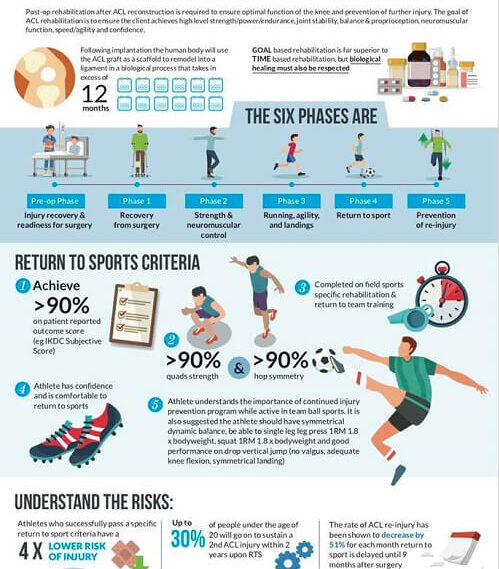Anterior Cruciate Ligament (ACL) is one of the main ligaments (tough bands of connective tissue) used to stabilize knee joints. It connects your thigh bone (femur) to the shinbone (tibia) and protects from excessive over-rotation.
We’ve all experienced an ACL tear; some, myself included, have even experienced them first-hand. ACL tears affect everyone from Mariano Rivera in baseball to Derrick Rose in basketball – in fact each year over 200,000 ruptures occur in just the US alone!
Why Are These Tears So Prevalent?
Answer lies within the ACL’s over-rotation protection function that makes it such an integral component of athletic performance. Tears often occur when an athlete cuts, stops suddenly or lands awkwardly – as its attempts at keeping knee from over-rotating lead to excess rotational stress which causes tears in this ligament.
On average, ACL tears typically present with an audible pop and can be both physically and mentally challenging injuries. With increasing athletic competitions worldwide, athlete size and strength increases and more active seniors, the incidence of ACL tears continues to rise globally despite no definitive evidence supporting that statement.
ACL ligament tears have become increasingly likely in recent years and unfortunately cannot always be repaired.
Restoration and Rehabilitation After ACL Injury

Orthopedic physicians globally dedicate millions of hours annually to fixing anterior cruciate ligament tears. After an injury occurs, ACL tears are usually identified with the Lachman Test before being confirmed via an MRI scan – though sometimes doctors must wait for swelling to subside before making their diagnosis.
Repairing an ACL can be more complex. There are two approaches for fixing it – repair and reconstruction.
Restoring ACL Function: A Comprehensive Guide

Repair of torn ACLs has fallen out of fashion recently in medicine, even though this was once considered the primary treatment method. An ACL repair involves reattaching it back onto its bone through staples.
Studies have generally demonstrated that patient outcomes tend to be worse with this option; however, recent research conducted by Gabriella Bucci MD at Hospital Universitario General de Catalunya Barcelona in Catalunya Spain demonstrated the repair procedure may be suitable in certain instances where ACL tears are limited to the proximal region of the knee.
Reconstructing the ACL: A Comprehensive Overview
Reconstructing ACL injuries has quickly become the go-to option due to excellent patient results.
Procedure to treat torn ligaments includes removal and reconstruction using tendon from either your own patellar tendon or from a deceased donor.
However, despite current treatment success, secondary knee osteoarthritis has been observed in over 70% of ACL reconstruction patients during their 10-year follow up follow up.
ACL injuries are tricky ligaments to treat and unfortunately cannot always be fixed with surgery. Seniors suffering from arthritis typically aren’t considered candidates for surgery either – forcing them to live with limited mobility due to pain management through physical therapy as their only treatment solution.
Avoiding ACL Injuries: Tips for Prevention

ACL tears are devastating injuries, with women athletes four to eight times more likely than men to suffer an ACL tear. Prevention is key.
Although ACL injury prevention remains an uncertain science, there are a few recommendations made by doctors and physical therapists which could prove helpful in protecting one from ACL tears.
Strengthening and stretching exercises designed to strengthen and increase flexibility of leg muscles will help increase balance and decrease injury risk. Many physicians recommend strengthening hamstrings as a preventative measure against muscular imbalances that put extra stress on knees.
However, one of the best ways to prevent ACL tears is to work on perfecting your cutting technique. Most ACL injuries result from poor technique when performing sharp cuts or sudden stops; improving technique will greatly decrease injury risk.
Eating healthy and not pushing beyond muscle fatigue limits are both key ways to minimize your risk of an ACL tear.
ACL tears can be frightening, but there are ways we can work to avoid injury and prevent ACL tears altogether. Awareness is always step one – hopefully, this article will provide valuable guidance so that we can all remain injury-free for years to come!










